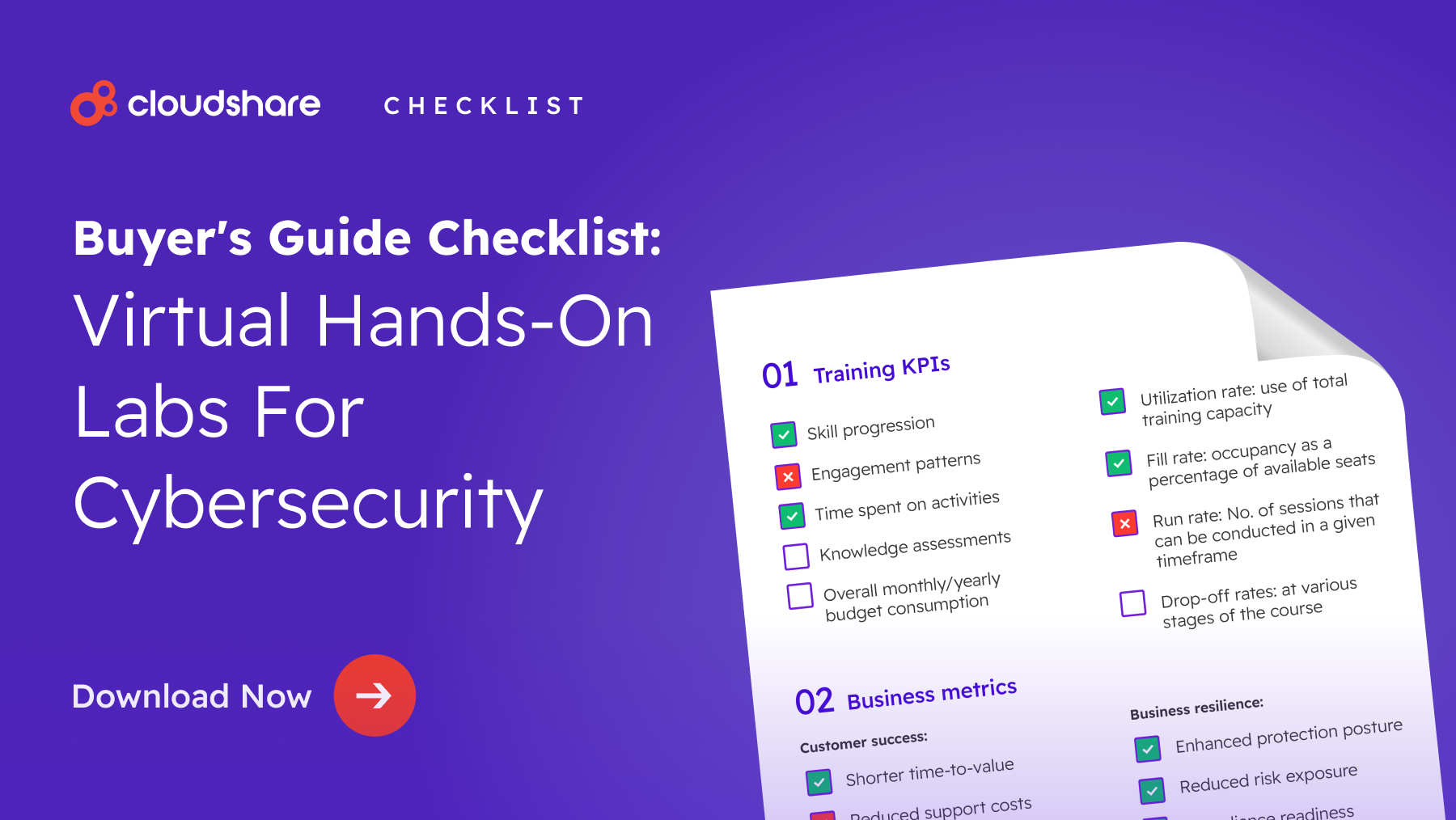Glossary
Cloud Development Environment
What is a Cloud Development Environment?
A development environment is a workspace that allows software developers to make changes without breaking anything in a live environment. A cloud development environment takes this same environment, but instead of being installed on a physical hard drive, the environment “lives” in the cloud and is accessed via a browser.
What Are the Benefits of Cloud Development?
Cloud development offers significant benefits, including scalability, cost-effectiveness, and enhanced collaboration. It allows businesses to scale IT resources on demand, reducing the need for large capital investments. The pay-as-you-go model lowers expenses, while developers can access projects from anywhere, improving teamwork. Additionally, cloud platforms provide advanced tools and technologies, streamlining the development process and enhancing application quality. These advantages make cloud development an attractive option for modern businesses.
The differences between cloud development vs. traditional software development
In a cloud-first world, software developers are finding it more and more efficient to do their best work directly in the cloud. Cloud development done in the cloud. Makes sense. Traditionally, applications and business tools were developed, built and tested on a physical computer and run on local servers.
For SaaS companies, in-cloud development makes a lot of sense. It’s faster and easier to build cloud-based tools in the cloud environment where they will run, and this is rapidly becoming the industry standard.
Power and costs are also a factor in the move to cloud development. The cost of the cloud has fallen and coupled with that, the level of complexity that developers are using in their work requires more compute power than might be available if working from a standard computer.
Use cases for cloud development environment
There are many use cases for cloud development environments.
Cloud lab as a service
Cloud lab environments take advantage of off-site hardware to deliver simulated IT environments to client businesses. The market for these tools typically comes in the form of Software-as-a-Service. The vendor company handles all the hardware maintenance and upgrades, while the client business only needs to pay a regular fee for the service.
Sales demos
The best way for a new client or business to understand the value of your product is to let them try it out for themselves in a simulated environment. Cloud labs are the most inexpensive way to do sales demos, as clients can access the content remotely over the internet, negating the need for dedicated hardware and software installations.
Cloud sandbox service
When it comes to software development and testing, ensuring that your product works on a variety of platforms and operating systems is vital. Instead of setting up individual environments physically, you can simulate each one using cloud sandbox environments. The result is faster development cycles and shorter time to market.
FAQs
Why are Cloud Development Environments becoming popular?
- There are several reasons that cloud development environments (CDEs) are becoming increasingly popular, including scalability, cost-effectiveness, and the ability to enhance collaboration. By leveraging the cloud, these environments provide turnkey configurations to R&D teams, provisioning compute and storage capabilities automatically. This enables developers to collaborate from any location, enabling seamless teamwork. CDEs also allow developers to access powerful resources on demand, eliminating the need for significant upfront hardware investments. The pay-as-you-go pricing model also helps control costs while providing flexibility. This combination of reduced costs, improved efficiency, and enhanced collaboration makes cloud development environments an attractive choice for companies looking to stay competitive in a fast-paced tech landscape.
How does a Cloud Development Environment enhance security?
- Cloud Development Environments enhance security by leveraging advanced cloud-based security measures and protocols that are often more robust than traditional setups. These environments offer centralized control, allowing for consistent application of security policies across all development activities. They provide features such as automated backups, encryption, and regular security updates, ensuring that sensitive data is protected against breaches. Additionally, cloud providers often employ dedicated security teams and utilize cutting-edge technologies to detect and respond to threats in real-time, significantly reducing the risk of security vulnerabilities. This comprehensive approach to security helps safeguard intellectual property and sensitive information throughout the development lifecycle.
How do you choose the right Cloud Development Environment for your project?
- Choosing the right Cloud Development Environment (CDE) for your project involves evaluating several key factors to ensure it meets your specific needs. First, you need to consider the scalability and flexibility of the CDE to support your project’s growth and varying demands. Next, we recommend assessing the cost structure to ensure it aligns with your budget, focusing on the pay-as-you-go options to avoid unnecessary expenses. You should also carefully review the tools and technologies offered by the CDE, ensuring they are compatible with your development requirements. Additionally, evaluate the security measures in place to protect your data and intellectual property. Finally, consider the ease of collaboration features to facilitate seamless teamwork among your developers, regardless of their locations.



